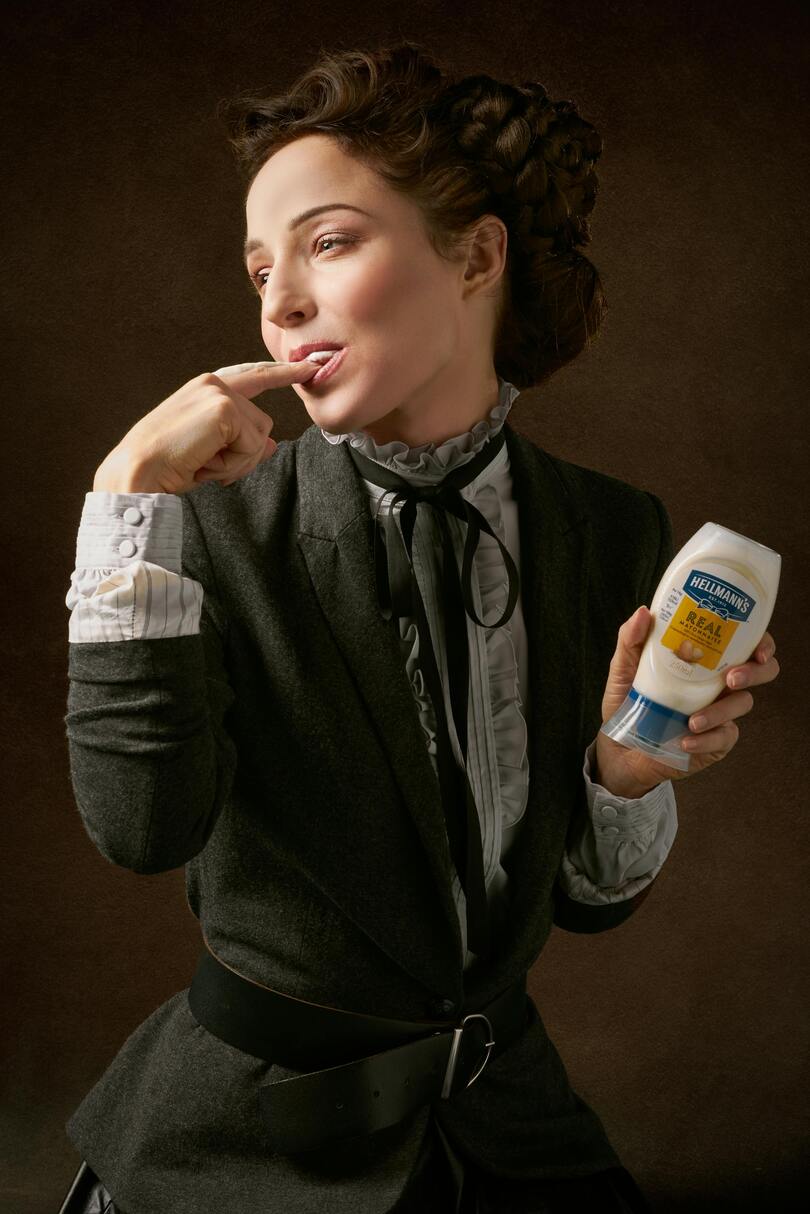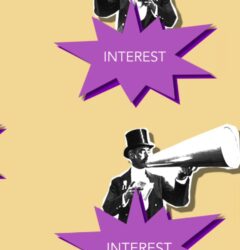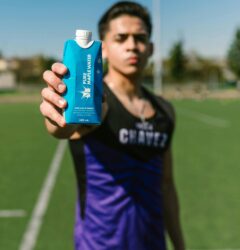06 Jun

Introduction to Product Sampling and its Impact on Customer Acquisition
Welcome to the world of product sampling, where a tiny taste can make a major impact! In today’s competitive marketplace, businesses are constantly searching for innovative ways to acquire new customers and increase their brand visibility.
One such strategy that has proven to be highly effective is product sampling. By offering consumers the opportunity to try your products before making a purchase, you not only create excitement and anticipation but also build trust and loyalty.
So, if you’re ready to take your customer acquisition game to the next level, let’s dive into the realm of product sampling and explore its incredible benefits! Get ready for a tantalizing journey that will leave your taste buds tingling with success!
Advantages of Product Sampling for Businesses
Product sampling companies in India offers a multitude of advantages for businesses looking to boost their customer acquisition efforts. One major advantage is the ability to create brand awareness. By offering samples of your product, you are giving potential customers an opportunity to experience it firsthand and get a taste of what your brand has to offer.
Another advantage is the ability to generate positive word-of-mouth. When people try a product that they love, they can’t help but share their excitement with others. This can lead to organic referrals and ultimately more customers for your business.
Product sampling also allows you to gather valuable feedback from consumers. By allowing them to try your product before committing to a purchase, you can gain insights into what aspects of your offering resonate most with consumers and identify areas for improvement.
Additionally, product sampling provides an excellent opportunity for businesses to stand out from the competition. In crowded markets where consumers have numerous options, offering free samples sets you apart and gives consumers a reason to choose your brand over others.
Furthermore, product sampling can help build trust and credibility in your brand. Giving potential customers the chance to try before they buy shows that you have confidence in the quality of your products and helps establish a positive perception among consumers.
Product sampling campaigns often result in increased sales conversion rates. When people have already tried and enjoyed your product through sampling, they are more likely to make a purchase when presented with the opportunity.
Incorporating product sampling into your customer acquisition strategy brings several advantages including creating brand awareness, generating positive word-of-mouth referrals, gathering feedback from consumers, standing out from competitors in crowded markets, building trust and credibility in your brand image,and increasing sales conversion rates.
Types of Product Sampling Strategies
When it comes to product sampling, businesses have a variety of strategies at their disposal. One popular approach is the in-store sampling strategy, where brands set up booths or stations in retail stores. This allows customers to directly experience and test out the product before making a purchase.
Another effective strategy is the online sampling method. With the rise of e-commerce, many brands now offer free samples as part of an online promotion or through social media platforms. By reaching out to potential customers digitally, businesses can expand their reach and attract new buyers.
Some companies also utilize event-based sampling techniques. This involves distributing samples at trade shows, conferences, or other industry events where there is a high concentration of target consumers. It’s an excellent way for businesses to engage with their audience face-to-face and generate buzz around their products.
Additionally, subscription box services have become increasingly popular for product sampling purposes. Brands partner with these subscription box companies to include samples in monthly deliveries sent directly to consumers’ homes. This not only exposes the brand to a wider audience but also provides an opportunity for customers to try new products they may not have discovered otherwise.
There are various types of product sampling strategies that businesses can employ depending on their goals and target audience. Whether it’s through in-store demonstrations, online promotions, event-based distribution, or collaboration with subscription boxes – each strategy offers unique advantages when it comes to acquiring new customers.
Successful Case Studies of Brands Using Product Sampling to Boost Customer Acquisition
Let’s take a look at some real-life examples of how brands have leveraged product sampling to skyrocket their customer acquisition efforts. These case studies showcase the immense power and effectiveness of this marketing strategy.
Unilever’s Dove Real Beauty Sketches campaign stands as a shining example. By offering free samples of their products along with thought-provoking videos, they tapped into consumers’ emotions and created buzz around their brand. This approach not only increased brand awareness but also drove significant sales growth.
Another notable success story is Coca-Cola’s Share-a-Coke campaign. By personalizing their iconic bottles with people’s names, they sparked curiosity and encouraged sharing on social media platforms. The result? A surge in customer engagement, higher market visibility, and ultimately boosted customer acquisition.
Benefit Cosmetics’ BrowBar Experience is yet another case study worth mentioning. They offered complimentary eyebrow services to customers while showcasing their high-quality brow products. This experiential approach allowed potential customers to try before they buy, leading to an increase in both foot traffic and online sales.
These successful examples demonstrate that product sampling can be a game-changer for businesses looking to enhance customer acquisition efforts. It allows brands to create memorable experiences, build trust with consumers, and ultimately drive sales growth.
In the next section, we will explore some tips for implementing an effective product sampling strategy that can yield similar results for your business! Stay tuned
A. Unilever’s Dove Real Beauty Sketches campaign
Unilever’s Dove Real Beauty Sketches campaign truly made a splash in the world of product sampling. The campaign aimed to challenge societal beauty norms and encourage women to embrace their natural beauty. It was a powerful and emotional approach that resonated with millions of viewers.
In this innovative campaign, Dove invited women to participate in a unique social experiment. They were asked to describe their own appearances to an FBI-trained forensic artist, who then created sketches based solely on their descriptions. Next, the same women had strangers describe them to the artist, resulting in a second set of sketches.
The results were eye-opening and heartwarming. The sketches based on how the women described themselves were often less flattering than those based on how others saw them. This demonstrated how critical we can be of our own appearance compared to what others see.
By sharing these powerful videos online and through social media platforms, Dove sparked conversations about self-esteem, body image, and true beauty. People shared their thoughts and personal experiences using hashtags like #RealBeauty, further amplifying the message.
The success of this campaign lies not only in its emotional impact but also in its ability to create buzz around the brand itself. By offering consumers an opportunity for self-reflection and discussion, Unilever positioned Dove as more than just a soap or skincare company – they became advocates for real beauty.
Through this thought-provoking product sampling initiative, Unilever was able to connect with customers at an emotional level while increasing brand awareness and loyalty. It served as a reminder that marketing campaigns can go beyond mere promotion; they can have a positive impact on society by challenging conventional standards of beauty.
Unilever’s Dove Real Beauty Sketches campaign showed us that product sampling doesn’t always have to involve physically trying out products; it can also involve creating meaningful experiences that resonate with consumers on an emotional level.
B. Coca-Cola’s Share-a-Coke campaign
The Coca-Cola Share-a-Coke campaign is a brilliant example of how product sampling can be used to create a personal and memorable experience for customers. Instead of the traditional Coca-Cola logo, the bottles were labeled with popular names, encouraging people to find their own name or share a Coke with someone else.
This unique approach not only created excitement and buzz around the brand but also tapped into the power of personalization. People were eager to find their names on the bottles or search for friends’ names, making it a fun and interactive way to connect with others.
The Share-a-Coke campaign was incredibly successful in terms of customer acquisition. It generated a tremendous amount of social media engagement, as people shared photos and stories about finding their personalized bottles. This organic word-of-mouth marketing helped spread awareness about the campaign far beyond what traditional advertisements could achieve.
By leveraging product sampling in such an innovative way, Coca-Cola was able to reach new audiences and strengthen its relationship with existing customers. The Share-a-Coke campaign demonstrated that sometimes all it takes is a small gesture like putting someone’s name on a bottle to make them feel special and connected to your brand.
Coca-Cola’s Share-a-Coke campaign showed us that product sampling doesn’t have to be limited to physical samples alone; it can also involve creating unique experiences that resonate with consumers on an emotional level.
C. Benefit Cosmetics’ BrowBar Experience
Benefit Cosmetics has taken the concept of product sampling to a whole new level with their BrowBar Experience. This unique approach not only allows customers to try out their eyebrow products but also provides them with a personalized and immersive beauty experience.
When you step into Benefit Cosmetics’ BrowBar, you are greeted by friendly and knowledgeable beauty experts who guide you through the entire process. They take the time to understand your individual needs and preferences before recommending products that will enhance your brows.
The BrowBar Experience goes beyond simply handing out samples. Customers get to see firsthand how these products can transform their brows, thanks to expert brow shaping and grooming techniques performed by skilled professionals. It’s more than just trying out a product – it’s an opportunity for customers to feel pampered and confident in their own skin.
What sets this sampling strategy apart is its focus on building relationships with customers. By providing exceptional service and personalized recommendations, Benefit Cosmetics creates loyal brand advocates who not only continue using their products but also spread positive word-of-mouth.
The success of the BrowBar Experience lies in its ability to engage customers on multiple levels – visually, emotionally, and practically. It offers an unforgettable experience that leaves a lasting impression, making it highly likely that customers will return again and again.
Benefit Cosmetics’ innovative approach demonstrates how product sampling can be more than just giving away freebies – it can be about creating an immersive brand experience that resonates with customers long after they leave the store. So next time you’re looking for ways to boost customer acquisition, consider thinking outside the box like Benefit Cosmetics did with their BrowBar Experience!
Tips for Implementing an Effective Product Sampling Strategy
1. Define your target audience: Before implementing a product sampling strategy, it’s crucial to identify your target market. Who are the customers that would benefit most from trying out your product? Understanding their demographics, preferences, and needs will help you tailor your sampling campaign effectively.
2. Choose the right distribution channels: Consider where your target audience is most likely to be found and select the appropriate channels for distributing samples. This could include events, trade shows, retail stores, or even online platforms.
3. Create an engaging experience: Make sure that the sampling experience is memorable and enjoyable for potential customers. Whether it’s through interactive demos or personalized interactions with brand ambassadors, strive to create a positive impression of your product.
4. Encourage feedback and reviews: After customers have tried out your sample, encourage them to provide feedback or leave reviews on social media platforms or review websites. Positive reviews can significantly enhance brand credibility and attract new customers.
5. Follow up with leads: Take advantage of the opportunity presented by product sampling campaigns to capture customer information such as email addresses or phone numbers. Use this data wisely by following up with leads through targeted marketing efforts like personalized emails or exclusive promotions.
6. Track results and adjust accordingly: Monitor key performance indicators (KPIs) such as conversion rates, sales uplifts, and customer engagement metrics throughout the duration of your product sampling campaign. Use these insights to make adjustments and optimize future strategies accordingly.
Remember that implementing an effective product sampling strategy requires careful planning and execution tailored specifically to meet the unique needs of your business and target market!
Measuring the Success
While product sampling can be a powerful tool for customer acquisition, it is essential to measure its effectiveness and make data-driven decisions. Here are some key metrics to consider when evaluating the success of your product sampling strategy:
1. Conversion Rate: Measure how many people who received samples actually made a purchase or took the desired action. This metric helps determine the impact of your samples on driving conversions.
2. Customer Lifetime Value (CLV): Assess whether customers acquired through product sampling have higher CLV compared to other acquisition channels. A higher CLV indicates that sampling has successfully attracted valuable, long-term customers.
3. Brand Awareness: Use surveys or market research tools to gauge if your target audience’s awareness and perception of your brand have improved after receiving samples. Increased brand awareness can lead to future sales and word-of-mouth referrals.
4. Social Media Engagement: Monitor social media platforms for user-generated content related to your sampling campaign, such as reviews, unboxing videos, or social posts featuring your products. High engagement levels indicate that consumers are excited about trying out your offerings.
5. Repeat Purchases: Track how many sample recipients become repeat customers over time. If a significant number continue buying from you beyond their initial trial period, it shows that they found value in the sampled product.
6. Customer Feedback: Collect feedback from those who received samples through surveys or online reviews. Analyzing this feedback will provide insights into areas where improvements can be made and help refine future sampling campaigns.
By closely monitoring these metrics, businesses can gain valuable insights into their product sampling initiatives’ performance and make informed decisions moving forward.
In conclusion, Product sampling offers businesses an effective way to acquire new customers by providing them with a taste of what they have to offer before making a purchase decision.



